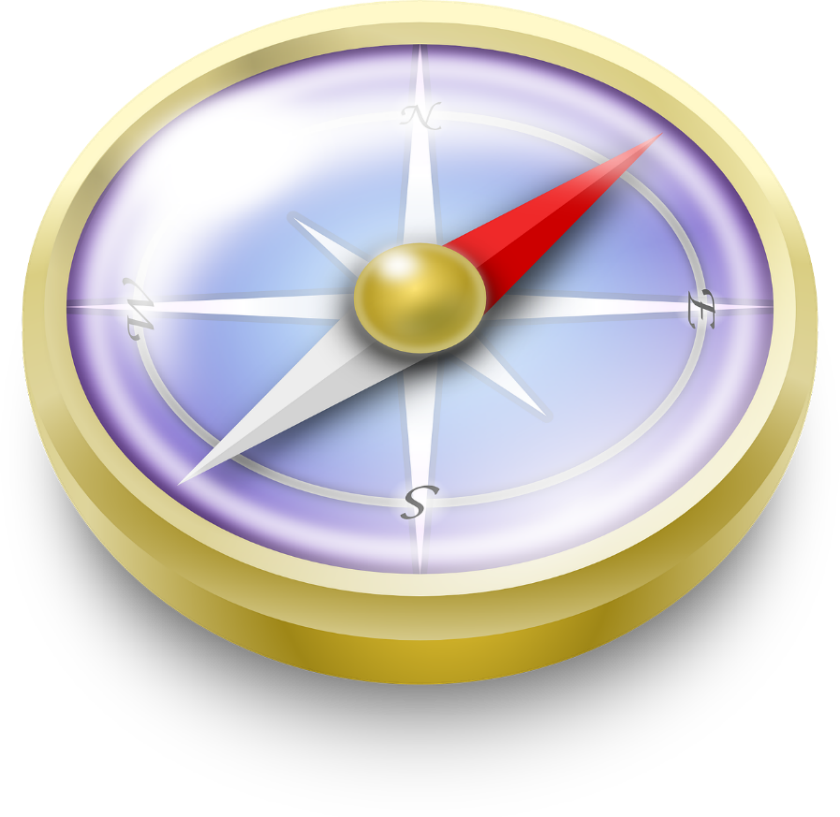|
|
Module 5: Cultural Awareness |
|
|
assist GmbH, Simona Fabellini |
|
|
Enhancing your consciousness about your own cultural values, norms, attitudes and forms of behaviour helps developing an awareness also for the differences between cultures. Starting from the question about what Culture is, you will discover the link between Culture and Open Innovation and then explore how certain elements of culture, called culture dimensions, can typically show when people are working together adapting Open Innovation processes. As people behave according to their own set of values, it is important to understand why the “ethnocentric” perspective may lead to intercultural misunderstandings leading to a negative influence on Open Innovation. Last but not least, you will receive some tips about strategies how to open up to cultural awareness so that in the end you will be better prepared for intercultural encounters by having grown in your intercultural competences. |
|
Upon completing this module, you should be able to: |
|
What is Culture?
Just give yourself a minute to reflect: Where would you say does Culture typically show?
We somehow all seem to know what “culture” means when we experience new encounters with people from other countries, nations or ethnic groups. But if somebody asked you to define the concept of “culture”, could you give a precise definition? And could you say which elements may be relevant in an intercultural encounter?
There are numerous definitions of culture. As early as 1952 Kroeber and Kluckhohn counted over 150 definitions of the term “culture” (Kroeber & Kluckhohn, 1952, p. 291). Here are some of the most popular ones. Culture is…
• …the human-made part of the environment (Harry Triandis, 2002)
• …a collective programming of the mind (Geert Hofstede, 2009),
• …the way in which a group of people solve problems (Fons Trompenaars, 1997)
A definition, widely accepted today, understands culture as a “system of orientation” (Thomas, 2010, p. 19). It is like a GPS which helps us to intuitively find our way through the world.
Culture as a “orientation system” has following characteristics:
· It is typical of a specific nation, society, organisation or group,
· It defines and influences our perception, our thinking, our values and actions,
· It is based on specific symbols, for example language, gestures, dress-code, greeting conventions, etc.,
· It is passed on from generation to generation, creating a sense of group identity and giving meaning to what we see, perceive and do (Thomas, 2010, p. 20).
The orientation system motivates us to do things, but it also sets “conditions and limits” to our behaviour (Thomas, 2010, p. 19), as we are bound to our social norms and rules of behaviour.
